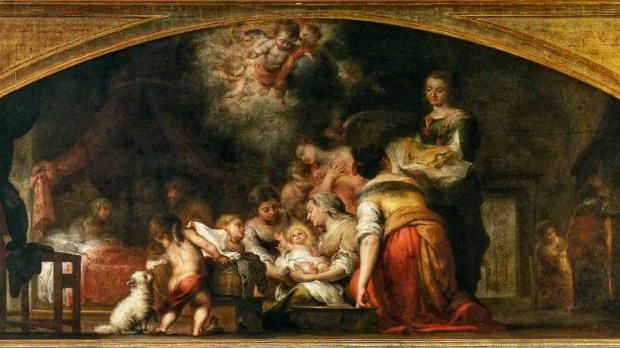The celebration of the Nativity of the Blessed Virgin Mary in the Eastern Church goes back to at least the 6th century. St. Romanus (490-556) composed a hymn for this feast day, while St. Andrew of Crete (660-740) delivered famous sermons on the Nativity of Our Lady. Several Marian scholars are of the opinion that the feast originated after the Council of Ephesus (431), in which Our Lady was given the title “Theotokos” (God-bearer) — in Latin Mater Dei (Mother of God).
The feast began to be celebrated in Rome in the 8th century with Pope Sergius I. Nevertheless, probably, it was only in the 11th century that it became widely diffused in Western Christendom. Around 1241, it also received an octave by Pope Innocent IV.
Throughout the Maltese Island’s millennial Christian history, the Archipelago has been dotted with shrines, collegiate basilicas, parishes, churches, chapels, and cave churches dedicated to the Nativity of Mary (locally known as Bambina – Little Girl).
Indeed, the National Marian Shrine in Mellieħa is also dedicated to the Nativity of Our Lady. The cave church of the National Shrine holds a very old icon of the Hodegetria (the Virgin who shows the way).
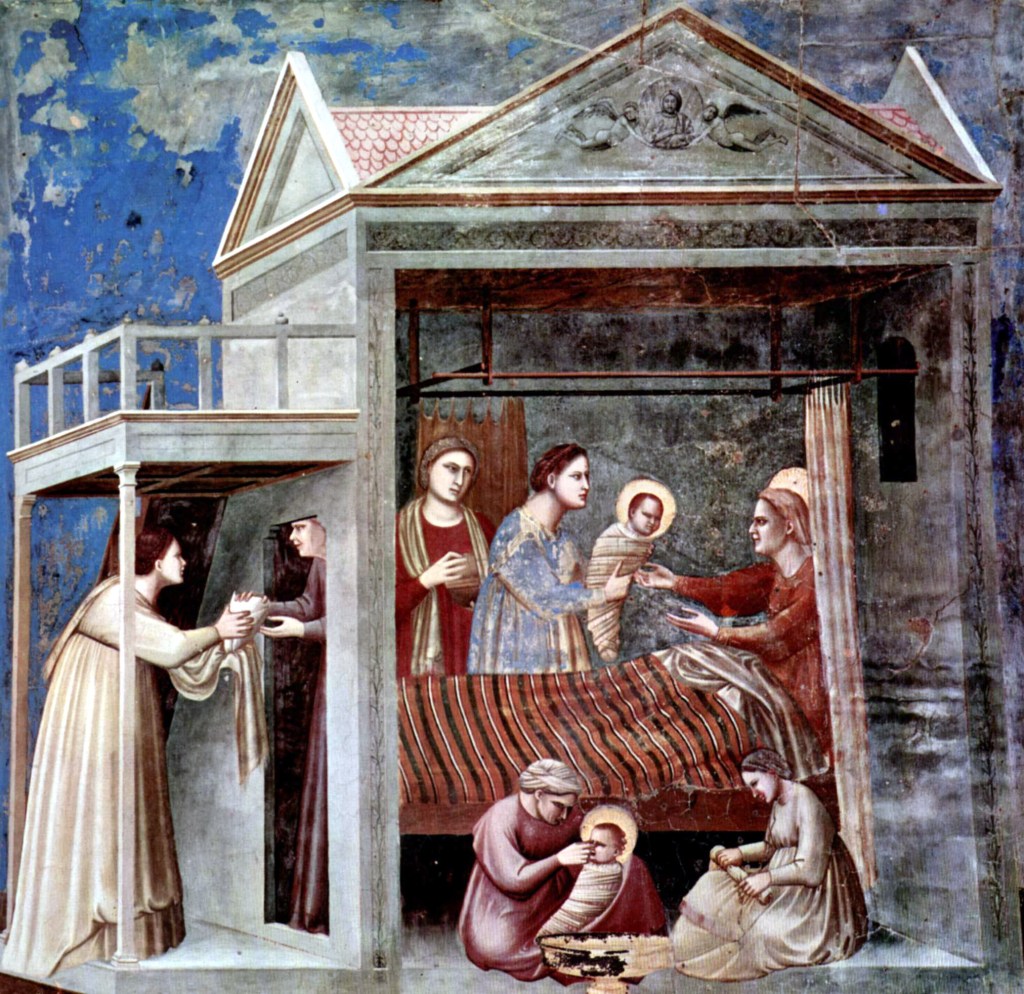
Mary’s birth means victory
On May 18, 1565, an armada of more than 200 warships was sighted off Malta. An invading Ottoman Expeditionary Force, estimated to be 30,000 strong, landed and soon, siege preparations began. However, the Knights of St. John the Baptist and the Maltese prevailed against all odds, and after a terrible siege of the Grand Harbour defensive lines, the greatest superpower of the day lifted the siege, accepted defeat, and sailed back home. The Ottoman defeat came on September 8, 1565. This day happened to be the feast of the Blessed Virgin’s Nativity.
The Maltese attributed their impossible victory to the intervention of Our Lady. How could it be otherwise when the enemy had called it a day on this great feast of Our Lady! And hence, the Bambina assumed the glorious title of Victoria, in Maltese Vitorja. Our Blessed Virgin Lady and Victory were one and inseparable.
Immediately they added another title to their Heavenly Mother and began to call her “Our Lady of Victory” (Maltese: Il Madonna tal-Vitorja). The great victory of the Knights and the Maltese over the mighty and hitherto unbeatable Ottoman Empire was decisive not only for the safety of the Order and of Malta but also for the whole of Western Christendom. That is why in all the churches of Western Europe, including the Protestant ones, bells pealed incessantly, and prayers were said thanking the Lord and his Blessed Mother for granting victory to the Maltese over this massive army and fleet.
Grandmaster Jean Parisot de la Valette, the Knights, and the Maltese had achieved what was considered an impossible victory over an implacable enemy marching to besiege Vienna. This victory was a miracle, a heavenly sign to resist, a grace granted by the Blessed Virgin to her devout children who were taking on the mightiest military machine of the age. In fact, during the heroic struggle to defend the Holy Faith and Western Christendom, de la Valette found spiritual solace and prayed for guidance before the 12th-century Byzantine icon known as Our Lady of Damascus (La Damascena). This icon was brought here by the Greek community fleeing from Turkish-occupied Rhodes in 1530.
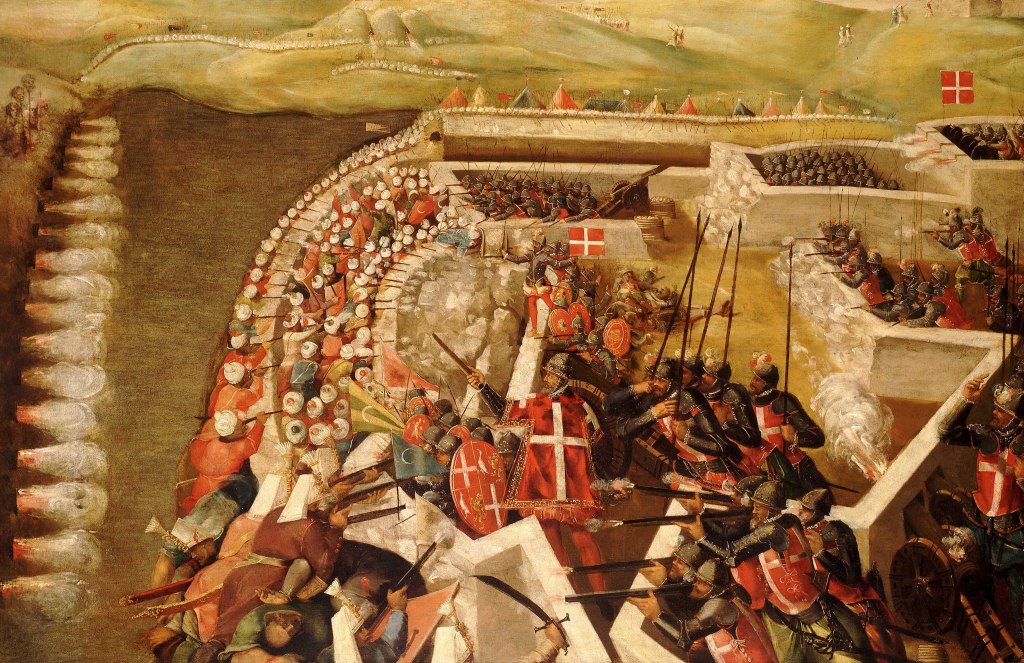
Before the founding of Valletta, La Damascena was venerated in the small Church of St. Catherine in the City called the Borgo (the Burg par excellence). On the lifting of the Siege on that fateful day of September 8, Grand Master de la Valette laid down his hat and his sword on the altar steps as votive offerings to show his gratitude and thanks to Our Lady [of Damascus] for delivering him, the defenders, and the whole of Western Christendom from the invading Ottomans. Henceforth, the City of Borgo was renamed Vittoriosa (The Victorious City) and its sister city Senglea took the title of Invicta (Undefeated).
The citizens of Senglea erected a church in honour of the Virgin’s Birth to serve as a memorial of her intervention to help them achieve this memorable victory. Today, La Damascena is venerated in the Greek-rite Catholic Church in Valletta. However, de La Valette’s hat and sword are treasured in the Chapel of Our Lady of Damascus within the precincts of the Oratory of the Nunnery of Saint Joseph in Vittoriosa.
Our Lady of Victories
In 1566, La Valette laid the foundation stone of his new city, which later was given his name to honour the great war leader – Valletta. He ordered that the first building in his city was to be a church, which was erected on the foundation stone of the Fortress City. He also financed the construction of this church. The Grand Master fulfilled the people’s desire and demands and named the first church to be built in his new city, Valletta, as that of Our Lady of Victory.
This church served as the first church of the Order in Valletta until 1577, when St. John the Baptist’s Conventual Church (Saint John’s Co-Cathedral) was completed.
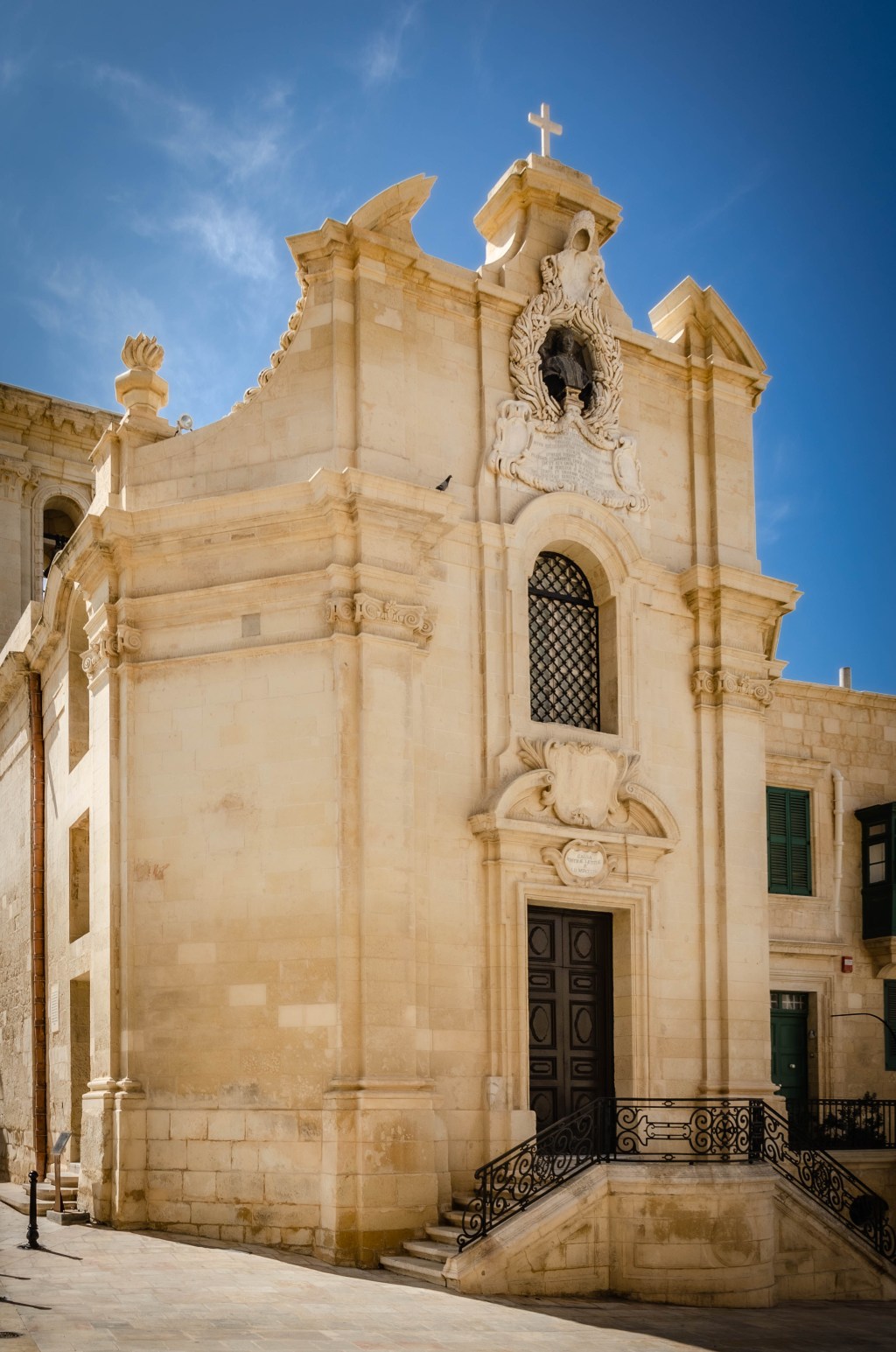
On August 21, 1568, Grand Master de La Valette went to meet the Lord, after suffering a severe sunstroke while hunting at St. Paul’s Bay. Originally, he was buried in his beloved church, but later, his remains were buried in the crypt of St. John’s Conventual Church. The historic crypt at Our Lady of Victories lies before the confessional and pulpit.
During the Second World War, in a night of heavy bombing by the Axis on the Grand Harbour area, a blast from a bomb that destroyed the nearby Royal Opera House also damaged the ceiling of the church. It seemed that only a miracle had saved the ancient and revered church. The Maltese felt and believed that it was no coincidence that Italy surrendered to the Allies on the Feast of Our Lady of Victory on September 8, 1943. And so, they began to address the church not as of Our Lady of Victory but as Our Lady of Victories. Malta’s two most terrible Sieges were lifted on the Feast of the Nativity of Our Lady!
Art and altars
The church is an architectural gem full of spiritual, historical, artistic and cultural treasures. The vault of the church is a distinct objet d’art. In 1716, the Maltese artist Alessio Erardi was commissioned to adorn it with magnificent scenes. Executed in monumental baroque style between 1716 and 1718, these stunning paintings depict episodes from the life of the Blessed Virgin Mary. They were commissioned to the artist by Grand Master Ramon Perellos y Roccaful in continued devotion to the Blessed Virgin. This small church also boasts of a Byzantine icon of unknown origin, with an engraved silver ornament reading Our Lady of Victory. Tradition maintains that it was donated to the church by Grand Master Alof de Wignacourt between 1601 and 1622. Our Lady is also portrayed in a fine mannerist 16th-century painting of her Nativity, held to be the painting that stood above the original altar of Victory Church; and an image of Our Lady and Child, donated by the Bailiff of Brandenburg, Fra Philip Wolfgang von Guttenberg, a great devotee of the Virgin. Two niches also house statues of the Mater Dolorosa and St. Philip Neri.
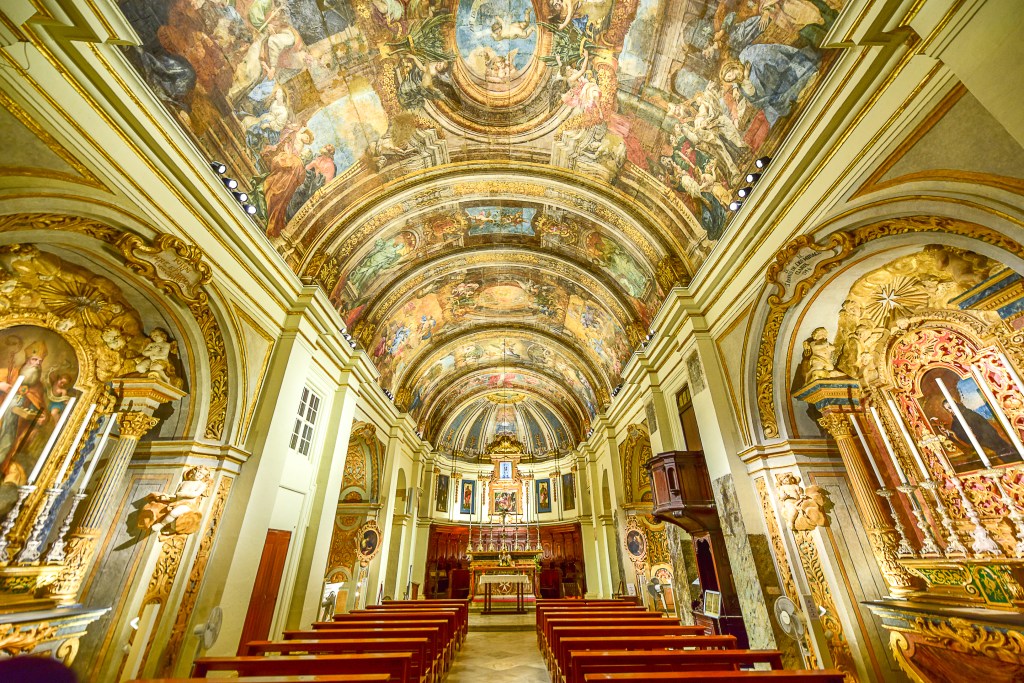
But this is not all, as Our Lady of Victories church is full of other paintings, statutes, altars and artefacts reflecting many fervent devotions. Beautiful images of Christ are a 1912 wooden Processional Statue of Christ, the Good Shepherd — the Order of the Good Shepherd taught Christian doctrine to the children of Valletta in this church; and a copy of the Czech statuette of the Infant Jesus of Prague, Protector of the Unborn Child, donated in 2006 by the Maltese Association of the Order of St. John.
The church also became the abode of two paintings on wood of St. Anthony Abbot and St. Anthony of Padua, brought to Malta from Rhodes by the Order in 1530. Other paintings depict St. Camillo de Lellis and St. Francis de Paola, by followers of Francesco Zahra; St Jerome in the Desert, seen resisting temptation, by the school of Mattia Preti; and St. John the Baptist and St. Paul (two triptych panel fragments).
The high altar was erected in 1752 by the Bailiff of Majorca, Fra Gerolimo Ribas de Montelieu. Other altars are those dedicated to:
St. Liborius, Bishop of Paderborn — five stones symbolize his bishopric, but he is also known as the patron of those suffering from gallstones. The altar’s painting is by Ermenogildo Grech, 1795;
St. John the Evangelist, seen writing his revelations on the island of Patmos;
St. Philip Neri, 1648, erected after a petition to Grand Master Lascaris de Castellar, donated by the Grand Prior of Germany, Fra Philipp Wilhelm, Count of Nesselrode Reichenstein. St. Philip Neri experienced intense spiritual revelations, which were so strong they inflamed his heart; in fact, he enjoys strong devotion from those suffering from heart disease; and
St. John of God, established by the Chaplain of Obedience, Fra Domenico Scerri in 1745 at the request of Grand Master Emanuel Pinto de Fonseca. St. John of God was chosen as the patron of the Donats of the Order of St. John the Baptist, who had the right to be buried in this church.
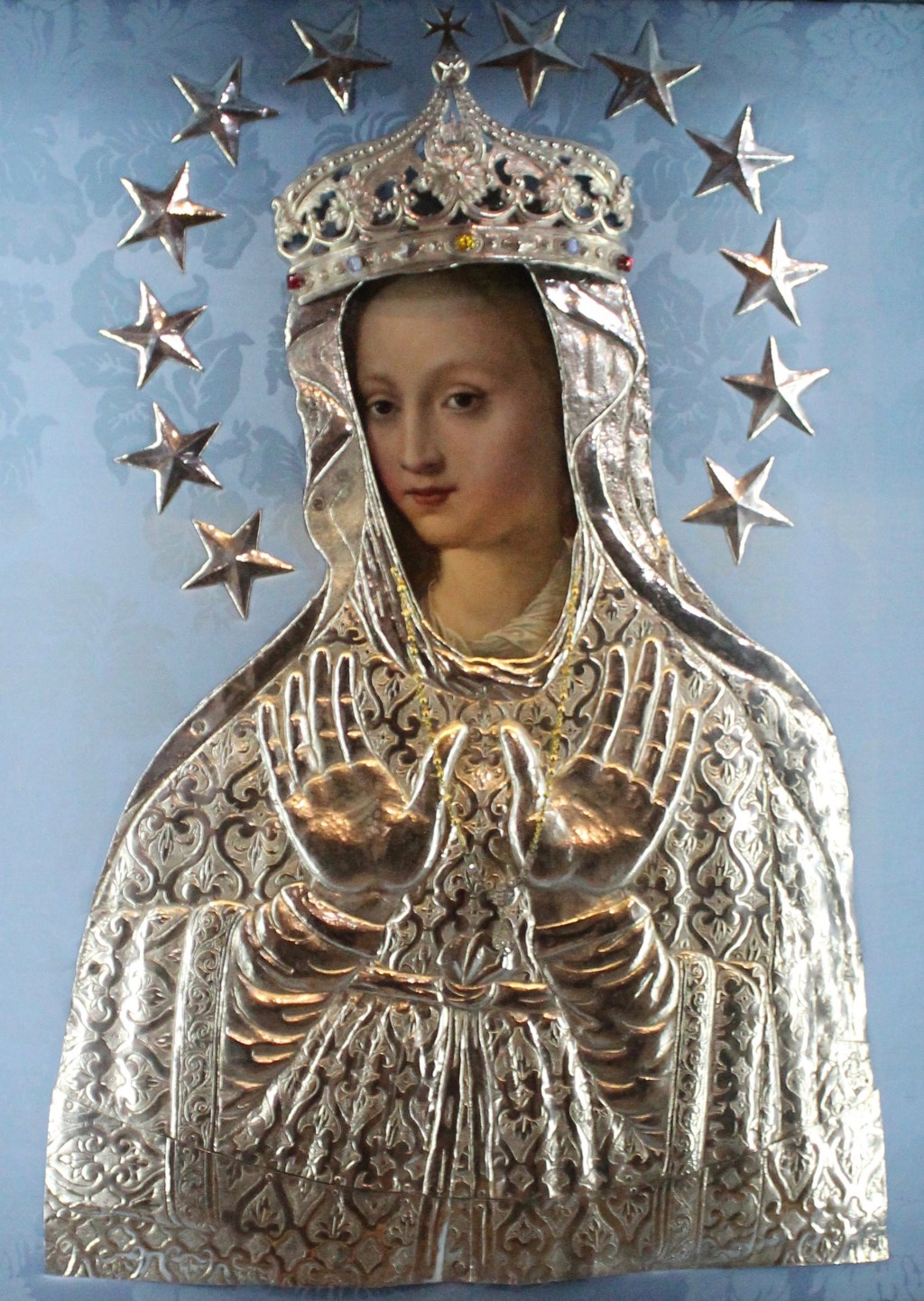
Our Lady of Victory
A curious artefact of the church is a neo-classic funerary monument to the last Grand Admiral, Angelo Emo by Vincenzo Dimech, erected in 1802. Emo died in Malta while on a naval campaign and his heart is conserved here, while the rest of his mortal remains are conserved in Venice.
On September 8, 2011, the Government entrusted the church to the care of Din l-Art Ħelwa(The National Trust of Malta). Visitors to the church are impressed and agree that it has been restored to its original glory.
Final thought
We have witnessed the total devotion of both the Knights of St. John and the inhabitants of our Islands as reflected in the titles and works of art depicting the Virgin Girl as their deliverer against their invaders in two decisive victories that altered the course of history. It is no coincidence that a stanza of a common hymn to the Victorious Bambina, which her votaries sing in her honor, says:
Rise and save us, our beloved Blessed Virgin,
As beautiful as the Moon, shining more than the Sun,
Aweful as an entire golden host making ready for battle to save your people.
Grant us victory, grant us peace.
References
Feast of the Nativity of the Blessed Virgin Mary. New Advent – Catholic Encyclopedia.
The Nativity of the Virgin Mary. St George’s Parish – Gozo’s Golden Basilica.
Nativity of the Virgin Mary the Theotokos – Discourse on the Nativity of the Theotokos. By Saint Andrew, Archbishop of Crete. St. George Greek Orthodox Cathedral. Greenville, South Carolina.
Borg V.,“Various Marian Devotions – The Damascena” Marian Devotion in the Islands of St. Paul. 1983. The Historical Society 1983.
Buhagiar M., “The Virgin of Damascus in the Greek Catholic Church, Valletta, Malta The Shared Veneration of a Miracle-Working Icon”Department of Art and History, University of Malta.
The Church of Our Lady of Victory – Valletta’s First Church. Din l-Art Helwa National Trust of Malta.
